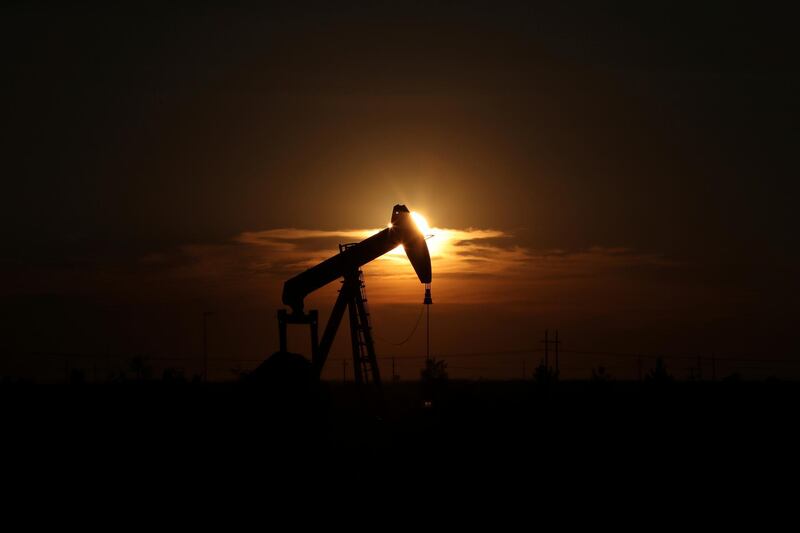Washington’s decision to withdraw troops from Syria may lead to US-backed forces in east Syria coming under pressure from both Damascus and Russia as they bid to get their hands on lucrative gas and oil fields.
On the eastern banks of the Euphrates, US-backed forces control a number of oil fields and gas plants that the Syrian Democratic Forces (SDF) seized from ISIS last year, including the Conoco natural gas facility, which had the largest capacity of any gas field in Syria before the conflict, and the Al Omar oil field, Syria’s largest and most lucrative.
Their output has decreased in recent years, but they continue to be a source of leverage for both the SDF and Washington.
_______________
Read more:
Political settlement possible after US leaves Syria says Russia
_______________
The Syrian government and its Russian and Iranian allies have sought to win back these vital oil and gas fields.
For Damascus, the oil and gas sector is critical to restoring electricity, providing local fuel, funding reconstruction and providing government revenues.
Russia, on the other hand, is interested in cementing itself as a dominating force in Syria’s oil and gas sector.
Evropolis, a Moscow-based company formed in 2016, reportedly struck a deal with the Syrian government granting it a 25 percent share of oil and natural gas produced on territory its mercenaries captured from ISIS last year.
The company is believed to be associated with Russian businessman Evgeny Prigozhin, who is also known as ‘Putin’s chef’, for his catering work with the Kremlin.
In recent months, near-disastrous confrontations have erupted between US forces and pro-government forces, including Russian mercenaries, who have sought to win control over these natural treasures.
Earlier in February, US forces killed between 200-300 pro-government fighters, including Russian mercenaries contracted with the controversial Wagner group, who were approaching US-controlled oil and gas fields in Syria’s east.
Despite the February clashes, coalition war planes have largely deterred Russian and Iranian forces from attempting to seize back control of the oil and gas fields.
A US pull-out from the oil-rich eastern region, however, will leave the SDF exposed to attacks by pro-government forces.
Alternatively, it may also facilitate an agreement between the Kurds and Damascus, that will see the former surrendering control over the natural resource treasures.
The outcome remains to be seen, but without US backing, there is little the SDF can do to secure continued control over the highly-coveted areas.
The Kurdish force has yet to issue an official response to Washington’s decision to withdraw troops, which was announced by both the Pentagon and the White House on Wednesday.
However, the Syrian Observatory for Human Rights cited anonymous sources as saying that the SDF’s command perceived the move as a “stab in the back” and a “betrayal.”





